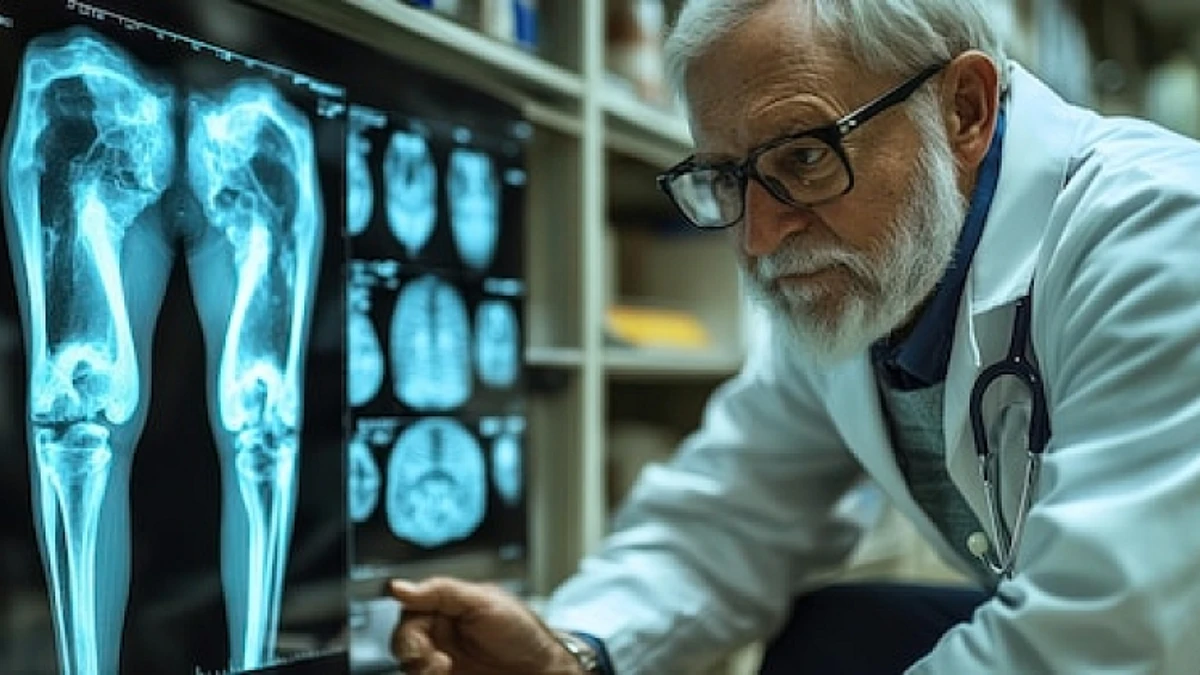Lung cancer ranks as one of the most prevalent cancer types globally and is, furthermore, the leading cause of cancer-related deaths. At Avicenna International Hospital, we understand this cancer type’s gravity and are committed to providing cutting-edge treatment and compassionate care. Therefore, this guide offers an in-depth look into lung cancer, covering its types, causes, symptoms, diagnosis, treatment options, risk factors, and preventive measures.
What is Lung Cancer?
Lung cancer is a malignant growth of cells in the lungs, two spongy organs in the chest responsible for respiration. The alarming rise in this type of cancer cases emphasizes the need to understand this disease meticulously.
Normal Structure and Function of the Lungs
Understanding the lungs’ anatomy is essential to grasp how lung cancer disrupts normal functions.
- Lung Configuration: The lungs consist of lobes – three on the right and two on the left, separated by the heart.
- Air Passage: Air travels through the nose/mouth into the trachea, branching into bronchi and further into smaller bronchioles, ending in alveoli.
- Respiratory Function: Alveoli play a crucial role in gas exchange, absorbing oxygen into the blood and expelling carbon dioxide during exhalation.
Who is at Risk for Lung Cancer?
Several factors significantly influence the risk of developing this cancer:
- Smoking: The paramount risk factor, responsible for the majority of cancer cases.
- Secondhand smoke: Exposure to smoke from others amplifies the risk.
- Occupational Exposures: Contact with carcinogens like asbestos, arsenic, and radon.
- Radiation: Previous chest radiation or imaging tests such as CT scans.
- Family History: Genetic predisposition.
- Air Pollution: Prolonged exposure to polluted air.
Lung Cancer Symptoms
This cancer often remains asymptomatic in its early stages. Symptoms typically appear as the disease advances, including:
- Persistent cough
- Chest pain
- Hemoptysis (coughing up blood)
- Hoarseness
- Shortness of breath
- Wheezing
- Systemic symptoms such as unexplained weight loss and loss of appetite
- Bone pain and headaches
Lung Cancer Causes
How Smoking Causes Cancer
Smoking introduces carcinogens that damage the cells lining the lungs, leading to mutations that cumulatively evolve into cancer.
- Direct Damage: Carcinogens in cigarette smoke cause immediate cellular damage.
- Cumulative Damage: Continued smoking prevents repair, leading to mutated cells proliferating uncontrollably.
Types of Lung Cancer
Small Cell Lung Cancer (SCLC)
- Found mostly in heavy smokers.
- Rapid growth rate and early metastasis.
Non-Small Cell Lung Cancer (NSCLC)
- Includes subtypes like squamous cell carcinoma, adenocarcinoma, and large cell carcinoma.
Other Types of Lung Tumours
- Carcinoid Tumours: Slow-growing, representing fewer than 5% of lung tumours.
- Other Rare Tumours: Adenoid cystic carcinomas, lymphomas, and hamartomas.
Lung Cancer Staging
- Stage 0: Cancer is confined to the lung lining.
- Stage I: Cancer hasn’t spread beyond the lungs.
- Stage II: Increased size or number of tumours within the same lung lobe.
- Stage III: Spread to nearby structures or lymph nodes.
- Stage IV: Metastasis to other organs.
Lung Cancer in Non-Smokers
Causes and Risk Factors
While smoking remains the leading cause, lung cancer also affects non-smokers significantly due to various other factors:
- Genetic Predispositions: Certain genetic mutations can increase susceptibility.
- Environmental Exposures: Radon gas, asbestos, and other carcinogens.
- Secondhand Smoke: Passive exposure to tobacco smoke.
- Air Pollution: High levels of pollutants like PM2.5 and nitrogen dioxide.
The Impact of Air Quality on Lung Cancer Rates
Air pollution significantly contributes to lung cancer incidence. Studies indicate that regions with higher levels of particulate matter, ozone, and nitrogen dioxide have elevated cancer rates, independent of smoking and genetic factors. Poor air quality can induce epigenetic changes and promote carcinogenesis in lung tissues
Diagnosis and Tests
How is Lung Cancer Diagnosed?
A thorough diagnosis involves multiple tests and imaging procedures:
- Blood Tests: Essential for assessing overall health.
- Imaging: X-rays, CT scans, and PET/CT scans help visualize lung abnormalities.
- Biopsies: Tissue sample analysis to confirm and subtype cancer.
Psychosocial Impact of Lung Cancer Diagnosis
A diagnosis of lung cancer profoundly affects patients emotionally, mentally, and socially:
- Emotional Distress: Anxiety, depression, and fear are common.
- Mental Health: Cognitive dysfunctions from treatment side effects.
- Social Challenges: Stigma, isolation, and financial stress.
Support systems, including counselling, support groups, and community resources, are vital in patient management.
Management and Treatment
How is Lung Cancer Treated?
Treatments aim to eradicate cancer, slow its growth, or relieve symptoms.
- Surgery: Preferred for localized NSCLC and some SCLC.
- Radiofrequency Ablation (RFA): Targets NSCLC tumours with Radiofrequency energy to destroy cancerous cells.
- Radiation Therapy: High-energy beams target and kill cancer cells, useful alone or alongside surgery. Also employed as palliative care to alleviate symptoms.
- Chemotherapy: Combination of drugs to inhibit cancer cell growth, usually administered intravenously.
- Targeted Drug Therapy: Focuses on specific genetic mutations within cancer cells to hinder their growth.
- Immunotherapy: Enhances the immune system’s ability to recognize and combat cancer cells.
- Palliative Treatments: Aim to relieve symptoms such as pain and breathing difficulties by reducing tumour size or managing fluid accumulation.
Innovations in Lung Cancer Treatments
Personalized Medicine
Advances in genomic profiling have allowed for treatment plans tailored to individual genetic mutations, enhancing effectiveness and outcomes.
Gene Therapy
Emerging therapies aim to correct genetic defects or modulate gene expression to combat this cancer.
Artificial Intelligence (AI)
AI technologies are revolutionizing lung cancer diagnosis and treatment by offering precise imaging, predictive analytics, and personalized care algorithms.
Risk Factors
Several factors can elevate the likelihood of developing lung cancer:
- Smoking: Principal risk factor, with risk increasing relative to the duration and intensity of smoking.
- Secondhand Smoke: Passive exposure elevates risk.
- Previous Radiation Therapy: Prior chest radiation could increase susceptibility.
- Radon Gas: The natural breakdown of uranium in soil, rock, or water can result in radon exposure.
- Carcinogens: Occupational exposure to substances like asbestos, arsenic, and chromium.
- Family History: Genetic predisposition through family history.
Complications
Lung cancer may lead to various complications:
- Shortness of Breath: Tumours can obstruct airways.
- Hemoptysis: Bleeding within the airway can cause coughing up blood.
- Pain: Tumours that invade chest wall structures may cause pain.
- Pleural Effusion: Fluid accumulation around the lungs impacts breathing.
- Metastasis: It frequently spreads to other organs, commonly the brain and bones, complicating treatment and prognosis.
Prevention
While it’s impossible to prevent lung cancer entirely, certain measures can significantly reduce risk:
- Avoid Smoking: Never start smoking or cease smoking if you currently do.
- Minimize Secondhand Smoke Exposure: Avoid environments with tobacco smoke.
- Test for Radon: Ensure homes and buildings have safe radon levels.
- Workplace Safety: Follow safety protocols to minimize exposure to carcinogens.
- Healthy Diet and Exercise: Maintain a diet rich in fruits and vegetables and engage in regular physical activity.
Global Perspectives on Lung Cancer
Incidence and Survival Rates
Lung cancer incidence and survival rates vary globally based on factors like healthcare infrastructure, awareness, and prevention strategies. Developed countries often have better outcomes due to early detection and advanced treatments.
Lung Cancer in Women vs. Men
Risk Factors and Symptoms
Women may experience different symptoms and risk factors compared to men, possibly due to hormonal influences and genetic differences. Women are often diagnosed at a younger age and may have better survival rates.
Treatment Outcomes
Gender-specific research is helping tailor interventions, considering differences in tumour biology and treatment responses
Conclusion
Lung cancer remains a significant health challenge, but advancements in screening, diagnosis, and treatment offer hope. At Avicenna International Hospital, our dedicated team leverages state-of-the-art technology and compassionate care to fight lung cancer effectively. If you or a loved one is experiencing symptoms or seeking more information, please contact us for guidance and support.
The prognosis varies, but 5-year survival rates range from 65% for early-stage to only 3-9% for stage 4 disease.
Stage 4 is the most advanced stage, where cancer has spread to other parts of the body. It is generally considered incurable.
Common early signs include persistent cough, coughing up blood, chest pain, and unexplained weight loss.
Lung cancer typically begins with genetic mutations in the lung cells, which can be triggered by factors like smoking and carcinogen exposure.







